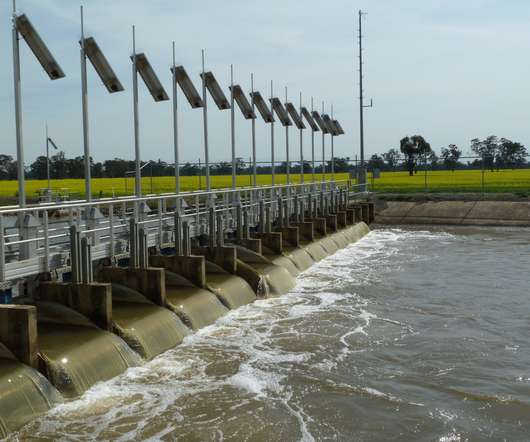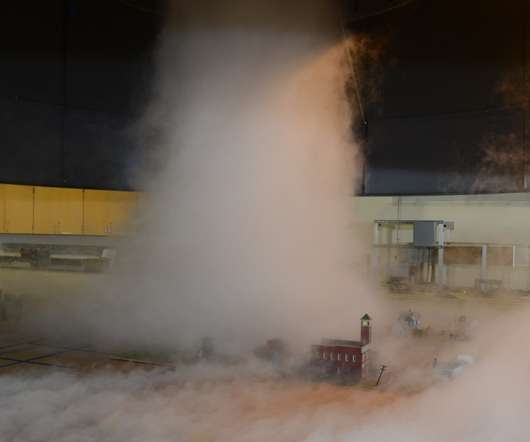Creative STEM Careers
STEM Sport
APRIL 4, 2023
STEM careers are roles that utilize science, technology, engineering, and/or math to complete their daily tasks. Many STEM careers can also be considered STEAM careers because of the need for creative thinking. Interesting Creative STEM Careers In this article, you will learn more about engaging STEM careers that use creative thinking.












Let's personalize your content